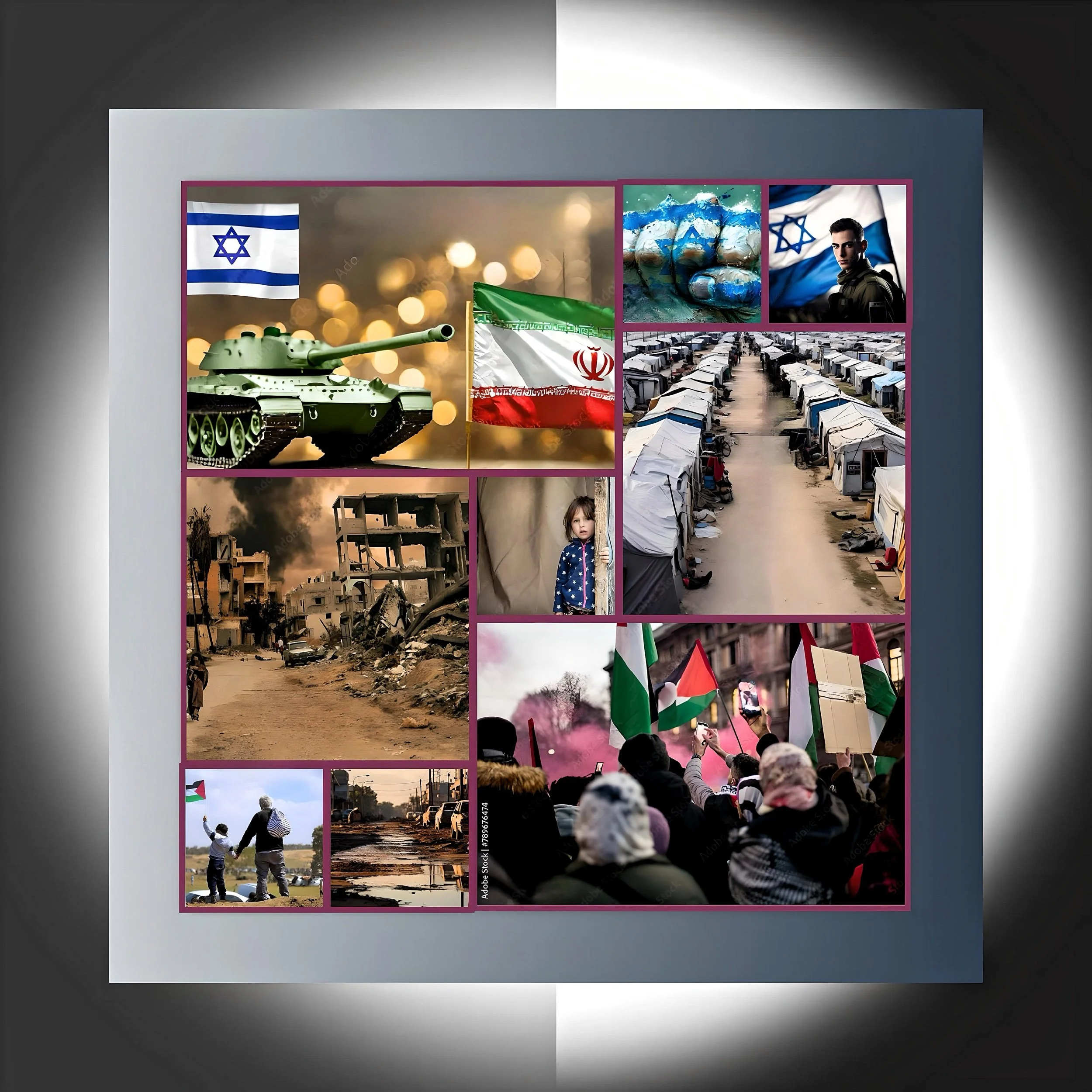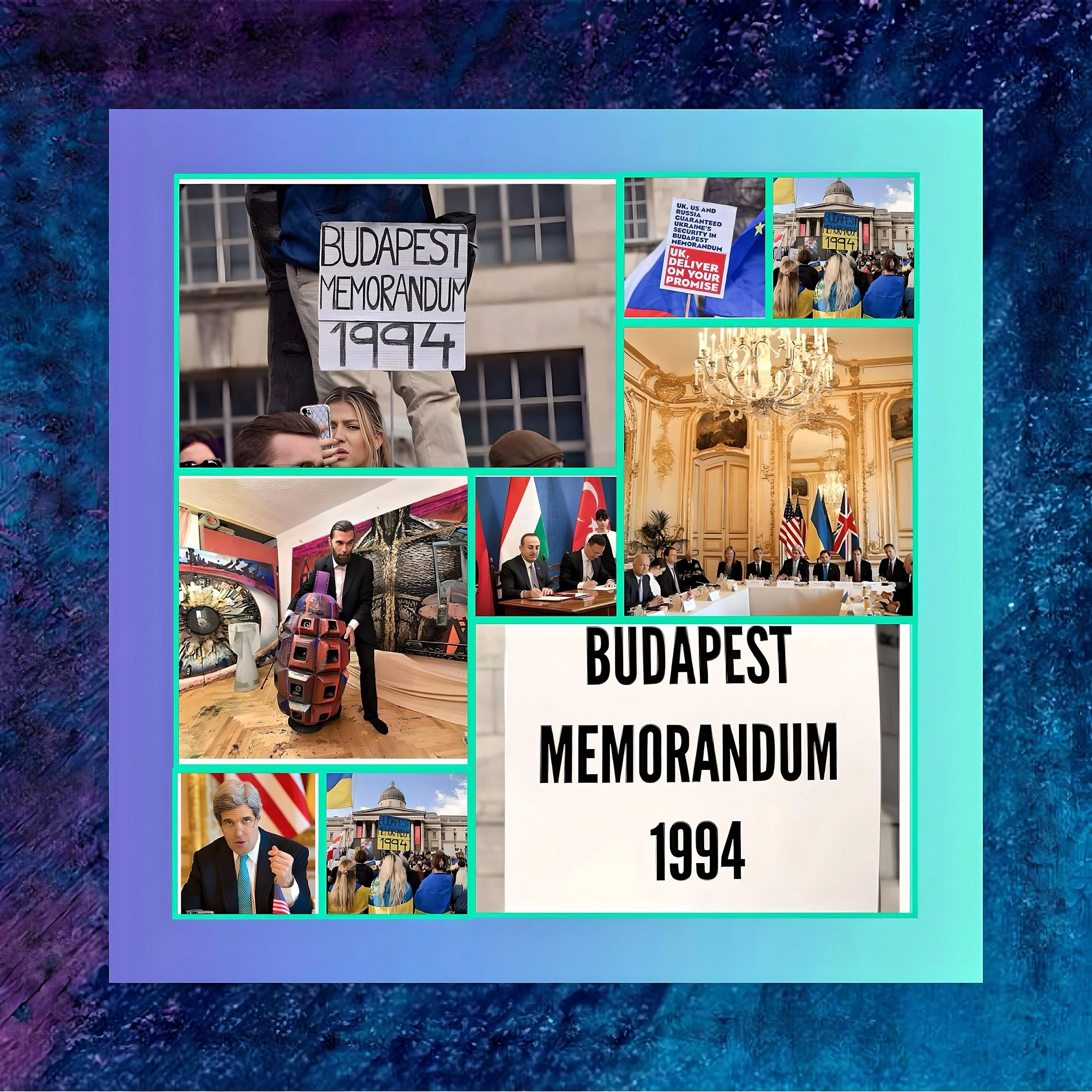Palestine’s Precarious Position: Navigating Ceasefire Fragility and Geopolitical Realities in 2025
Introduction
The tentative ceasefire agreement between Israel and Hamas, implemented on 19 January 2025 after fifteen months of catastrophic warfare, has provided only superficial respite for Palestinians.
With over 48,346 killed and 111,759 injured in Gaza alone, the temporary cessation of hostilities masks an escalating crisis of trust, geopolitical manipulation, and systemic violence that continues to shape Palestinian realities.
FAF analyzes four interconnected dimensions: (1) structural vulnerabilities embedded within the ceasefire framework, (2) evolving U.S.-Israel military and political coordination under the Trump administration, (3) emerging Palestinian resistance strategies amid internal political fractures, and (4) the Arab world’s shifting diplomatic calculus.
The Illusory Ceasefire: Structural Violations and Systemic Provocations
Ceasefire Violations as Strategic Policy
The three-phase agreement brokered by Egypt, Qatar, and the U.S. has been systematically undermined through calculated Israeli military actions.
During the first phase’s supposed “humanitarian pause,” Israeli forces killed 110 Palestinians attempting to return to northern Gaza and conducted a cross-border strike in South Lebanon that killed 24 civilians. These violations exploit loopholes in the agreement’s geographic scope, which fails to address Israel’s broader occupation matrix.
The Gaza Government Media Office documented over 350 ceasefire breaches between January and March 2025, including targeted airstrikes, sniper fire against civilians, and obstruction of aid convoys.
Designed Collapse: Netanyahu’s Political Calculus
Prime Minister Benjamin Netanyahu’s coalition government—dependent on far-right factions like Bezalel Smotrich’s Religious Zionism Party—has weaponized ceasefire negotiations as a cover for territorial consolidation.
While publicly accepting the phased withdrawal framework, Israel militarized the Philadelphi Corridor in July 2024 and expanded West Bank settlements post-ceasefire.
This dual strategy fulfills Finance Minister Smotrich’s November 2024 declaration seeking Gaza annexation while appeasing international audiences with temporary humanitarian gestures. Hamas’ 1 March rejection of phase one extensions reflects a recognition that prolonged interim agreements enable Israeli fait accompli strategies.
West Bank as Secondary Front
Parallel to Gaza negotiations, Israel intensified operations across the occupied West Bank, deploying 23 new checkpoints within 72 hours of the ceasefire and authorizing 12 settler outposts in January 2025 alone.
The UN Human Rights Office recorded 3,000 Palestinian displacements and 16 fatalities—including a child shot in Jenin—during this period. This geographic escalation confirms warnings from defense analysts that Israel views ceasefire periods as opportunities to expand control over Area C territories through localized ethnic cleansing campaigns.
U.S.-Israel Collusion: From Strategic Partnership to Co-Belligerency
Arms Transfers and Legal Impunity
The Trump administration’s 25 February 2025 revocation of National Security Memorandum-20—which tied arms sales to international law compliance—removed final constraints on weapons transfers.
This followed a $7.4 billion approval of bunker-busting bombs and F-35 fighter jet components on 7 February, alongside Rafael Advanced Defense Systems’ expanded Iron Dome interceptor production funded through $5.2 billion in dedicated U.S. missile defense allocations.
These developments institutionalize what Palestinian legal scholars term “weapons-testing colonialism,” where Gaza serves as a laboratory for U.S.-developed missile systems like the naval C-DOME deployed against Houthi drones.
Settler-Colonial Coordination: The Gaza Resettlement Plan
President Trump’s 6 February announcement outlining the U.S. absorption of Gaza’s administration post-conflict transcends traditional patronage, envisioning active U.S. complicity in population transfer.
Though framed as temporary by Secretary of State Marco Rubio, Trump’s Truth Social posts explicitly reference permanent Gazan resettlement to unspecified regional locations while converting the Strip into a “Middle Eastern Riviera.”
This aligns with Netanyahu’s 2024 Likud policy paper advocating Mediterranean offshore gas extraction through U.S.-based contractors, effectively enmeshing both nations in resource-driven displacement.
Diplomatic Sabotage at the UN
The U.S. Security Council veto against Palestinian membership on 24 April 2024 and subsequent lobbying against ICC investigations into war crimes exemplify systemic obstruction of multilateral accountability mechanisms.
By neutralizing the International Court of Justice’s July 2024 ruling demanding West Bank withdrawal, the Trump administration has rendered the UN apparatus functionally inert regarding Palestinian self-determination claims.
Palestinian Resistance: Reconciling Fractured Strategies
The Nonviolent Resistance Revival
Grassroots movements like the Jenin-based “Sumud Committees” have gained traction through agricultural cooperatives reclaiming settler-encroached lands and neighborhood watch networks documenting military violations.
Sabeel Ecumenical Liberation Theology Center reports a 240% increase in participation in unarmed mobilization training since October 2023, emphasizing creative tactics like encrypted crisis mapping and decentralized aid distribution.
However, these efforts face suppression through both Israeli military raids (e.g., Tulkarem camp incursions in January 2025) and PA security coordination arresting organizers under “public order” pretexts.
Hamas-Fatah Rivalry and Paralysis
Despite rhetorical commitments to reconciliation, Fatah’s patronage networks actively undermine Hamas’ governance legitimacy.
The PA’s 15 February decision to withhold Gaza civil servants’ salaries unless processed through Ramallah-controlled channels exacerbates humanitarian crises while reinforcing territorial bifurcation.
Conversely, Hamas’ refusal to integrate its Qassam Brigades into PLO structures perpetuates militia fragmentation, leaving Palestinian resistance vulnerable to divide-and-conquer tactics.
International Legal Fronts
The Palestinian Authority’s 30 January 2025 ICC referral of U.S. officials for complicity in settlement expansion marks a strategic pivot toward judicial warfare.
Though symbolic, given the ICC’s enforcement limitations, this move pressures European states to activate domestic universal jurisdiction statutes—a partially successful tactic that prompted Spanish and Belgian arms embargoes in February 2025.
Concurrently, the National Islamic Committee’s Boycott, Divestment, and Sanctions (BDS) expansion into Southeast Asian markets has reduced Israeli agricultural exports by 17% year-on-year.
Arab State Postures: Between Rhetorical Solidarity and Realpolitik
The Bahrain Initiative’s Structural Limitations
The Arab League’s 15 May 2024 Bahrain Declaration—calling for a UN-hosted peace conference—represents rhetorical progress but suffers from enforcement vacuums. Key deficiencies include:
No unified funding mechanism for reconstruction, relying instead on competing Gulf pledges
Absence of synchronized sanctions against Israel despite UAE and Bahrain’s Abraham Accords suspension
Overemphasis on state-level diplomacy ignoring Palestinian civil society demands
Saudi Arabia’s conditional normalization offer, requiring “irreversible” steps toward Palestinian statehood, remains stalled over the U.S. rejection of 1967 border parameters.
Militarized Neutrality: Egyptian and Jordanian Roles
Egypt’s dual role as a ceasefire broker and Gaza blockade enforcer illustrates regional contradictions. While mediating hostage negotiations, Cairo continues North Sinai buffer zone clearances preventing Palestinian refugee inflows. Similarly, Jordan’s 22 February aid airdrops into Gaza contrast with intensified cyber-policing against domestic BDS activists, reflecting regime fears of Israel-aligned U.S. retaliation.
Grassroots Pan-Arab Mobilization
The 21 February 2025 “Million Martyrs March” across 17 Arab capitals demonstrated general solidarity, with Beirut and Amman protests exceeding 500,000 participants. However, these movements remain politically orphaned, as Islamist parties like Tunisia’s Ennahda avoid endorsing Hamas to maintain electoral viability, while secular blocs fear repression under anti-terrorism laws.
Conclusion
The Multifront Battle for Existential Survival
Palestinians navigate an increasingly fragmented battlefront where ceasefire agreements mask advanced annexation, U.S. policy transitions from enabling to directly executing displacement, and Arab states oscillate between populist rhetoric and strategic accommodation.
The nonviolent resistance resurgence offers a model for global solidarity networks to pressure corporate and governmental collaborators, yet requires urgent internal consensus-building between factionalized leaderships.
With the Trump administration’s Gaza absorption plan progressing unchecked, the coming months will test whether international law retains any deterrent capacity against 21st-century settler-colonial consolidation.






